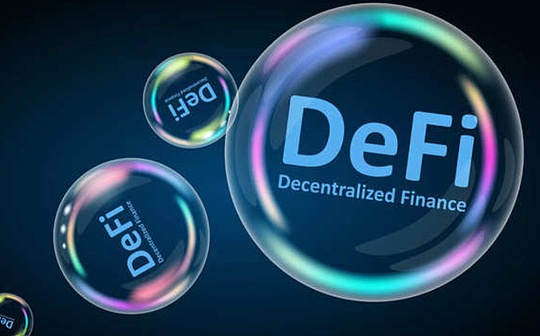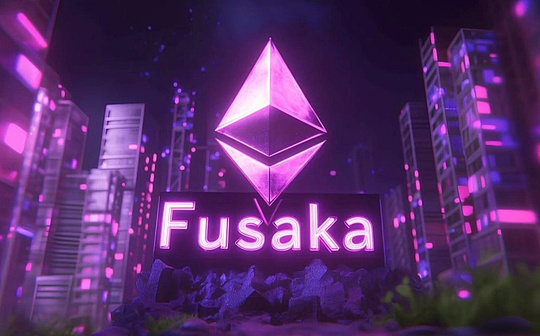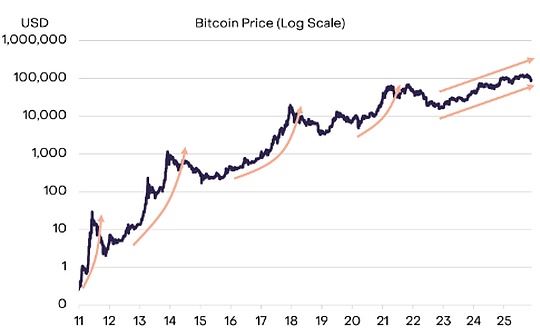
Author: Jesus Rodriguez Source: coindesk Translation: Shan Oppa, Bitchain Vision
DeFi is revived under the driving force of a new generation of blockchain, such as BeraChain, TON, Plume, Sonic, etc.Each new chain brings a wave of incentives to attract user participation and provide high yields, reminiscing the days when “yield farming” prevailed in early 2021.
But are these really sustainable?When each new chain competes for attention and users, it will eventually face a common problem:How to build an ecosystem that can continue to operate after the incentive is terminated.
The incentive mechanism remains one of the most powerful startup tools in the crypto world, and is an elegant solution to the cold startup problem (attracting users and liquidity).However, incentives are just the starting point, and the ultimate goal is to build self-sustaining economic activities around the DeFi protocol.
Although the entire DeFi market has experienced significant development, the basic idea of driving growth based on incentives has not changed much.For DeFi to truly flourish in this new stage, these strategies must be adjusted to reflect the reality of current capital dynamics.
Key challenges facing DeFi capital formation
Although the market demand for capital formation is obvious, most incentive plans end up failing or have poor results.Today’s DeFi market structure has changed a lot compared to 2021 – at that time, it was relatively simple to run an incentive plan.Now that the market environment has changed, the following key aspects are worth thinking about:
More blockchains than valuable protocols
In the traditional software ecosystem, platforms (such as L1) usually give birth to a large number of diversified applications (such as L2 and above).But in today’s DeFi field, this dynamic has reversed.Dozens of new chains—including Movement, Berachain, Sei, Monad (coming soon) and more—have been or are ready to go online.
However, there are only a handful of DeFi protocols that are truly user-recognized, such as Ether.fi, Kamino and Pendle.The result is a highly fragmented pattern – blockchains are snatching the cooperation of that small group of successful agreements.
No “new degen” appears in this cycle
Despite the endless number of new chains, the number of active investors in DeFi has not kept up.The threshold for users is high: complex operational processes, difficult financial mechanisms, and unfriendly experiences between wallets and exchanges – all of which limit the joining of new users.
As a friend of mine often said, “We have hardly cultivated any new degen in this round.” As a result, the capital foundation has become scattered, and users are just chasing profits between different ecology, without forming in-depth participation in a certain ecology.
TVL fragmentation
This kind of capital fragmentation has been revealed in the TVL (total locked value) data.As more and more blockchains and protocols compete for the same small number of users and funds, we are seeing more of them.dilutionrather than growth.Ideally, capital inflows should be faster than the number of protocols and blockchains, otherwise capital will only be spread thinner, weakening the impact that any ecosystem may have.
Institutional interests are disconnected from retail infrastructure
Although DeFi’s narrative is often dominated by retail investors, in fact, most of the trading volume and liquidity come frommechanism.Ironically, many emerging blockchain ecosystems do not have the ability to undertake institutional capital due to problems such as lack of integration, insufficient custody support, and incomplete infrastructure.Without institutional-level infrastructure, attracting meaningful liquidity will be extremely difficult.
Inefficiency in incentives and market structure imbalance
When many new DeFi protocols are launched, there are problems with their market allocation: pool imbalance, excessive slippage, mismatch between incentives and targets, etc.These inefficiencies often lead to the motivational activity eventuallyMainly benefited by insiders or giant whales, does not bring much real long-term value.
Beyond incentives and build a sustainable ecosystem
The “holy grail” of the incentive mechanism is:After the incentive is over, the ecology can still maintain activity and growth.Although there is no set of templates that guarantee success, the following basic elements can significantly increase the chances of success in building a lasting DeFi ecosystem:
True ecological practicality
The most difficult but critical goal is to build an ecosystem with real and non-financial uses.Chains such as TON, Unichain, Hyperliquid are making some attempts to expand the utility of tokens beyond pure returns.But most new chains currently lack this fundamental practicality and have to rely on incentives to attract users.
Stable currency foundation is stable
Stablecoins are the cornerstone of any DeFi economy.An effective strategy often includesTwo major stablecoins, used to support the lending market and provide deep AMM (automatic market maker) liquidity.Designing a reasonable combination of stablecoins is the key to inspiring early lending and trading activities.
Liquidity of mainstream assets
In addition to stablecoins, the deep liquidity of blue-chip assets like BTC and ETH can also reduce the friction between large-scale funds entering and leaving DeFi.This type of liquidity is crucial to attracting institutional funds and achieving efficient capital allocation.
Depth of liquidity in decentralized exchanges (DEXs)
The liquidity of AMM pools is often overlooked, but in fact, slippage risk will prevent block transactions from going smoothly, and even inhibit the activity of the entire ecosystem.Build deep and tough DEX liquidity, is a necessary prerequisite for any serious DeFi ecosystem.
Complete lending market infrastructure
Lending is the basic component of DeFi.Especially the in-depth lending market for stablecoins can release a large number of natural financial strategies.A strong lending market complements DEX liquidity to improve overall capital efficiency.
Institutional-level hosting support
Hosted infrastructure like Fireblocks or BitGo holds most of the institutional funding in the crypto world.**If the new chain cannot directly integrate such custody services, institutional funds will not be able to enter its ecosystem.**This is an often overlooked but extremely critical threshold for participation.
Cross-chain bridge infrastructure
In the current highly fragmented DeFi world,Interoperability becomes critical.Bridge protocols such as LayerZero, Axelar, and Wormhole are the core infrastructure for realizing cross-chain value transfer.New ecology that supports seamless cross-chain bridges has more opportunities to attract and retain liquidity.
Those “invisible” key factors
In addition to infrastructure, there are some subtle but critical factors that affect the success or failure of the ecosystem.For example: whether the top oracle is integrated, whether there are experienced market makers, whether they can access the head DeFi protocol, etc.These “intangible assets” often determine whether a new chain is short-lived or long-term prosperity.
Sustainable Capital Formation in DeFi
Most incentive programs fail to deliver on their initial commitments.Excessive optimism, imbalance in incentive mechanisms and dispersed funds are common culprits.It is no surprise that new plans often lead to doubts and accusations that they aim to gain internal benefits.However, incentives remain crucial.If designed properly, incentives are a powerful tool to guide ecosystems and create lasting value.
The differentiation of a successful ecosystem does not depend on the scale of the incentive plan, but on the direction of the future development.A solid stablecoin base, deep automated market makers (AMMs) and lending liquidity, institutional access and well-designed user processes are the cornerstones of sustainable growth.Motivation is not the end, it is just the beginning.Moreover, in today’s DeFi field, in addition to incentivizing mining, there are definitely unlimited possibilities.








